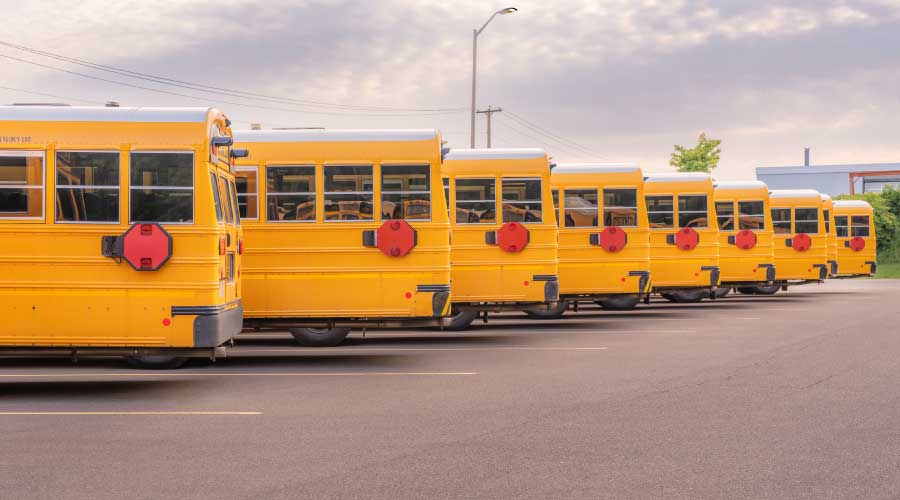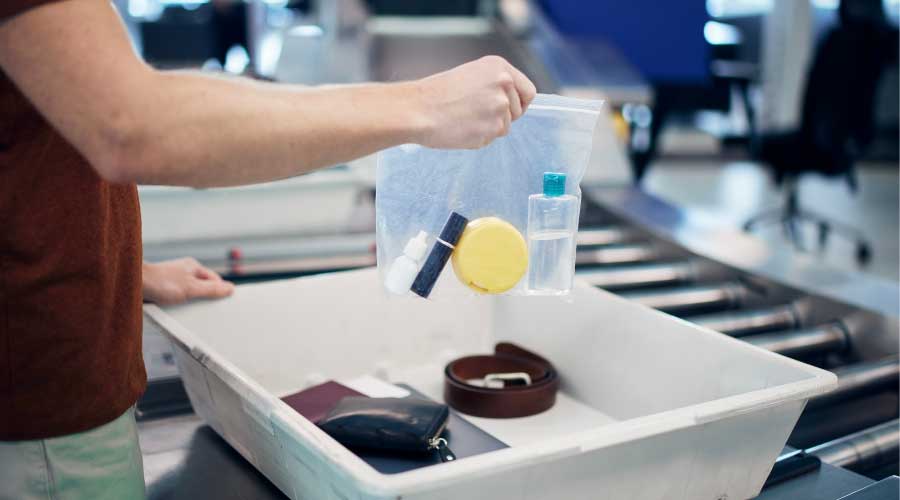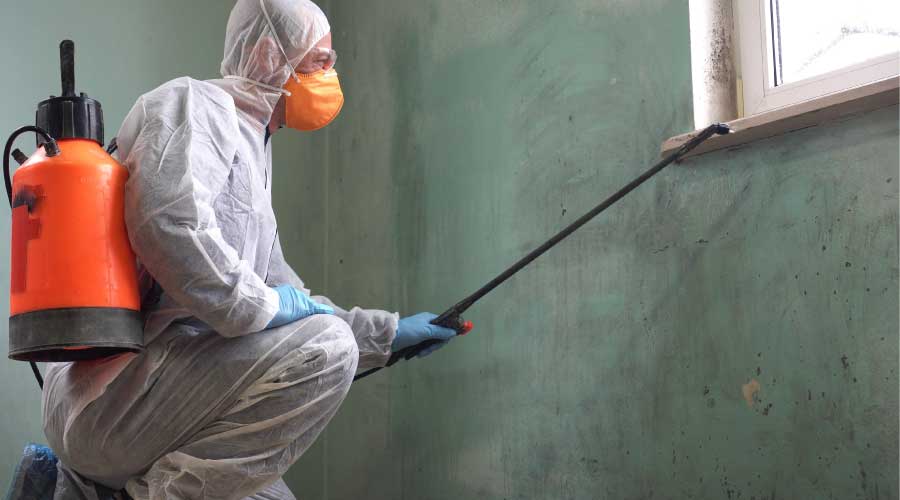
School Districts' Transition to Electric Buses Moving Slowly
Bipartisan Infrastructure Law provides billions to convert fleets, but school districts are finding road bumps January 3, 2024
By Dave Lubach, Executive Editor
The Clean School Bus Program, which funneled $5 billion to schools to turn over their fleets to electric buses and away from diesel, was noted as one of the highlights of the 2021 Bipartisan Infrastructure Law.
About one year after the initial investment of $1 billion was distributed, it’s clear the process of converting fleets still has a long way to go.
Canary Media profiled a study from the World Resources Institute’s Electric School Bus Initiative recently, tracking about 2,300 electric school buses that were to be deployed to more than 370 school districts from the billion-dollar investment.
Data from the World Resources Institute revealed that nearly 2,000 e-buses have yet to be deployed, and that 43 percent of the school districts got extensions from the Environmental Protection Agency to miss an April deadline to order buses. About one-tenth of the school districts have entirely withdrawn their plans to acquire about 180 buses.
Among the problems school districts are experiencing when making the transition include: the application process; waiting for back-ordered buses and charging equipment; rebates not covering the full cost of buses and infrastructure; and utility grids power shortages.
While these kinds of conversions can take time, and clean bus advocates remain confident that the transition will eventually take root.
“All of these things are solvable. It’s just finding the time and space, and the knowledge, to make it work,” WRI’s Sue Gander, director of the Electric School Bus Initiative, told Canary Media.
The Bipartisan Infrastructure Law provides $1 billion a year to districts to convert their fleets from diesel-powered buses through 2026.
Dave Lubach is executive editor of the facility market.
Next
Read next on FacilitiesNet












